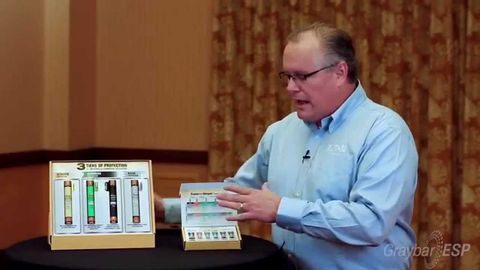伊頓的Bussmann保險絲讓您的生活更簡單 (Fuses Made Simple with Bussmann by Eaton)
 沒有此條件下的單字
沒有此條件下的單字US /ˈkɚrənt, ˈkʌr-/
・
UK /'kʌrənt/
- n. (u.)電流;流量;流通貨幣
- adj.目前的;通用的;被普遍接受的;有效的;最新的
- n.趨勢;潮流;輿論
US /ˈkwɛstʃən/
・
UK /'kwestʃən/
- v.t.提問;詢問;對...抱有懷疑的態度;審問;質疑
- n. (c./u.)(正在解決的)問題;問題;疑問
US /kənˈtrol/
・
UK /kən'trəʊl/
- n.遙控器;對照物;管理權;控管的法律;指揮中心
- v.t.支配;控制;影響
US /ˌæplɪˈkeʃən/
・
UK /ˌæplɪˈkeɪʃn/
- n. (c./u.)應用程序;應用;應用;運用;申請;努力;應用

